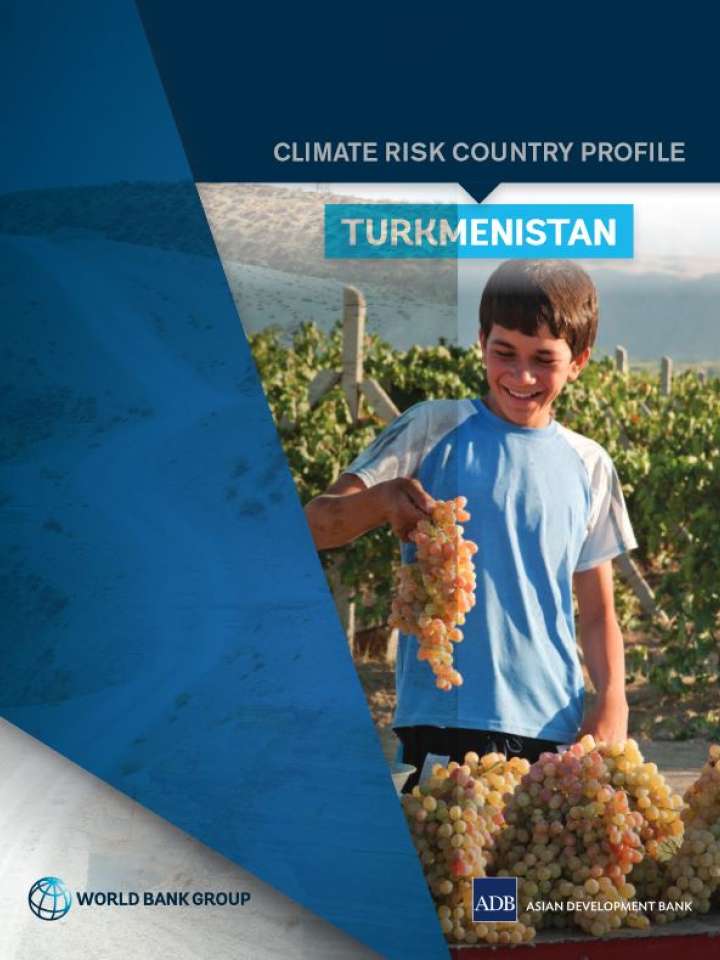Climate risk country profile: Turkmenistan
This profile is intended to serve as public goods to facilitate upstream country diagnostics, policy dialogue, and strategic planning by providing comprehensive overviews of trends and projected changes in key climate parameters, sector-specific implications, relevant policies and programs, adaptation priorities and opportunities for further actions. Turkmenistan is in the southwestern part of Central Asia. Turkmenistan’s economy has seen a very high rate of growth, with GDP increasing by 12.3% on average between 1998 and 20162 due to a significant expansion in the export of natural gas, oil and related products. The nation has a similar position on the Human Development Index to its Central Asian neighbors, ranked 108th. However, inequality in income and opportunity are believed to be higher than most countries with a comparable rank.
This climate risk profile provides key messages on the risks Turkemenistan will face in the near future, including:
- Average temperatures are projected to rise by 5.1°C in Turkmenistan by the 2090s, relative to the 1986–2005 baseline under the highest emissions pathway (RCP8.5), with the pace of warming significantly exceeding the global average.
- The annual probability of experiencing a severe drought is projected to increase very significantly over the 21st century. Indeed, under higher emissions pathways the majority of Turkmenistan’s surface is projected to convert to ‘hyper-arid’ land cover.
- Barriers to adaptation and elevated hazard exposure mean Turkmenistan’s lower income group communities are likely to be disproportionately impacted by climate changes.
Explore further
